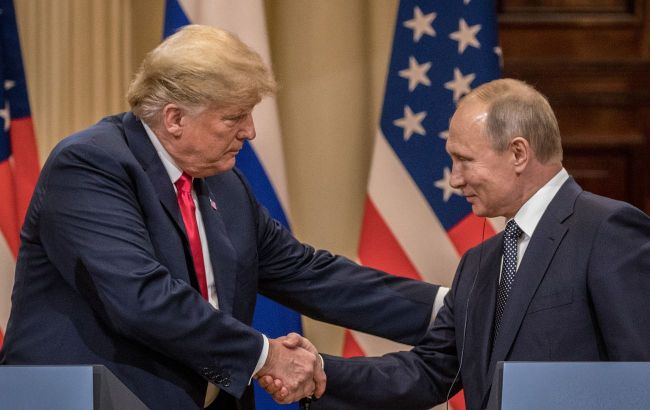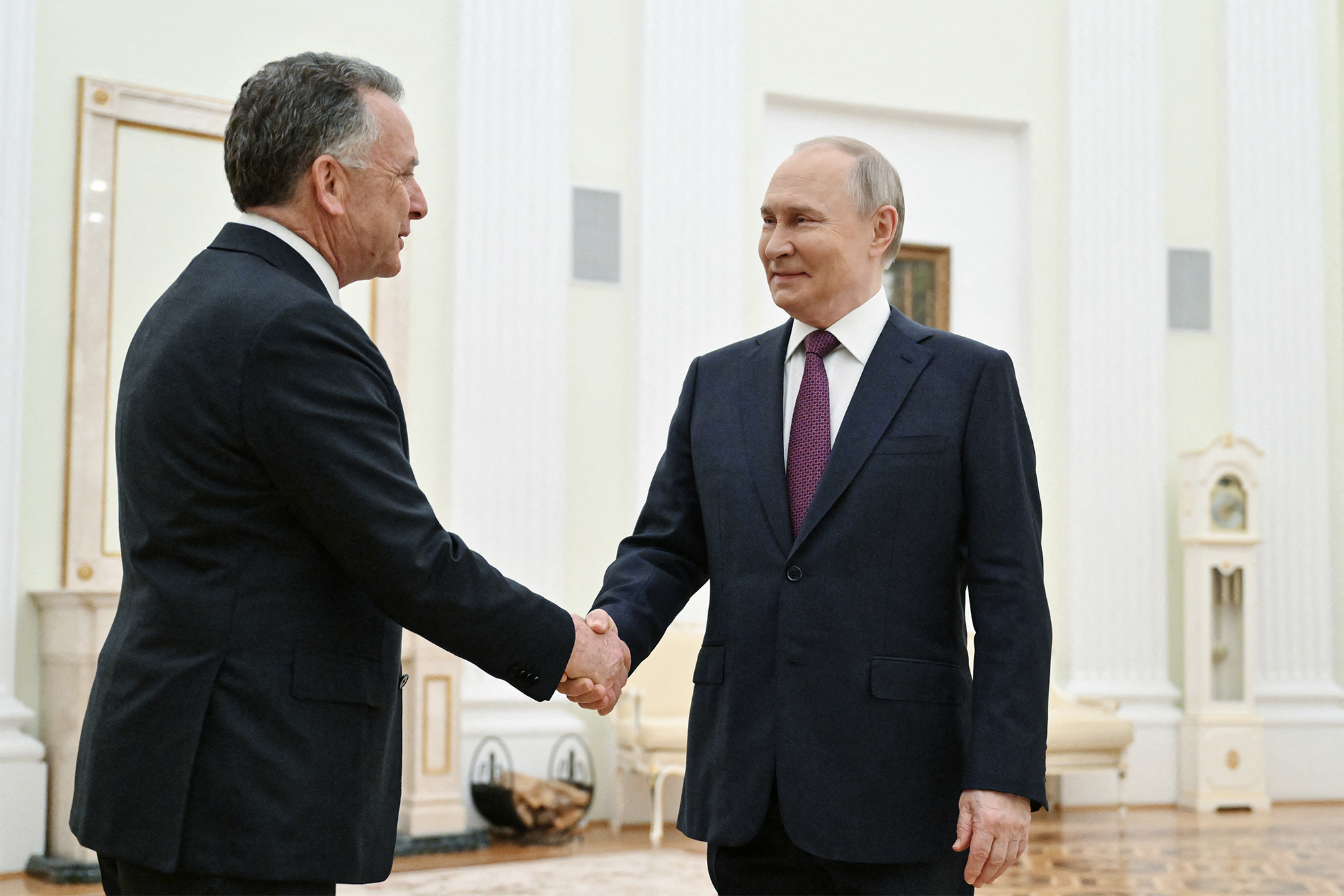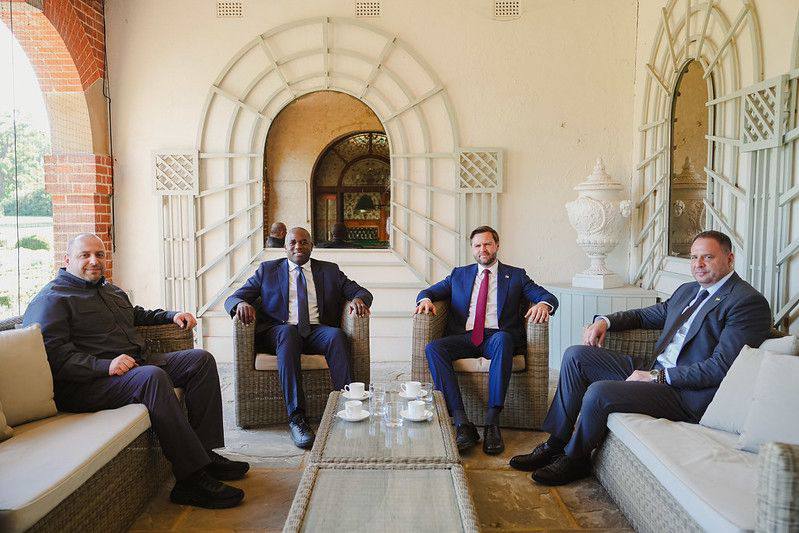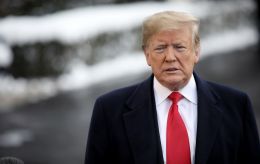Alaska summit raises alarm over possible US concessions to Russia. What's at stake for Ukraine
 Donald Trump and Vladimir Putin (photo: Getty Images)
Donald Trump and Vladimir Putin (photo: Getty Images)
What the US, Russia, and Ukraine are bringing to the Trump-Putin summit on August 15, why Russia is already winning, and what scenarios are possible after the meeting are analyzed in RBC-Ukraine's article.
Donald Trump has once again proven that any attempts to predict his actions are doomed to failure. Just a week ago, everyone was talking about the approaching August 8 deadline and wondering what sanctions the US would impose on Russia for violating it.
Just a few days later, no one is talking about sanctions anymore. On the day of the deadline, Trump made a sharp turn and announced an upcoming meeting with Putin. And now everyone is talking only about the summit in Alaska: who will attend, with what, and whether it will all end in a major betrayal for Ukraine. Trump, who is fickle but still seems to be our guy, has once again turned into a villain. And someone from whom we can expect some mischief.
At the same time, the Western media is flooded with endless insider information about what has been happening behind the scenes these days and what to expect on Friday. Moreover, according to Ukrainian sources of RBC-Ukraine, much of this information has little to do with reality.
However, various leaks to the media are a traditional, classic way of forming a position before any negotiations, testing the reaction of one's society and other countries to certain approaches in practice.
On the eve of the decisive days before the summit, it is worth briefly outlining the positions of the main participants in the process.
US position
Despite the large amount of insider information, analytical texts, and statements by the American leadership, the real position of the White House is still unclear. Initially, there was talk of some kind of exchange of territories — this was publicly stated last week by both Donald Trump and Marco Rubio.
But what exactly is being proposed to be exchanged is unclear. Theoretically, one could assume a border alignment, that is, an exchange of parts of the Kharkiv and Sumy regions occupied by the Russians for the unoccupied part of Donbas. Even if we disregard any moral, legislative, social, strategic, military, practical, and other considerations, such an exchange would be simply disadvantageous for Ukraine. But this option is not even being discussed at the insider level.
 Steve Witkoff and Vladimir Putin (photo: Getty Images)
Steve Witkoff and Vladimir Putin (photo: Getty Images)
The situation is complicated by the fact that Trump's special envoy Steve Witkoff, apparently, really misunderstood the proposals presented to him in the Kremlin (or pretended not to understand).
This can be judged even by the rhetoric of the Ukrainian leadership. Back on Wednesday, after talking to Trump, Volodymyr Zelenskyy said that Russia seemed to be more inclined toward a truce. Indeed, at that time, it was assumed that the Russians had put on the table the option of withdrawing from the Zaporizhzhia and Kherson regions – an obvious retreat from their claim to full occupation of these regions.
But by Saturday, it became clear that the Russians had no intention of leaving — on the contrary, they proposed that Ukraine unilaterally withdraw from the Donbas region under its control — and Zelenskyy immediately stated that he saw no change in Russia's position (since in this case there really was none).
It is easy to believe that Witkoff could have simply made a mistake or misunderstood something. Poor knowledge of the subject matter is a characteristic feature of the current US administration. If even US Vice President JD Vance, describing his boss's achievements, can confuse Malaysia with Thailand, then confusing some Ukrainian regions or parts of them is elementary.
Moreover, at least some of Trump's entourage are unlikely to be particularly concerned about such details. Their goal has been and remains unchanged – to end the war with peace or at least a firm truce, with the conditions being purely secondary. The Nobel Prize will not award itself, and a peace agreement between Armenia and Azerbaijan or a ceasefire between Cambodia and Thailand (or, according to Vance, Malaysia) is not enough for this.
As things stand, it has become more or less clear that the meeting in Alaska will be a one-on-one meeting, without Zelenskyy (although the option of his involvement is still being discussed). Obviously, under the current circumstances, Putin is not ready to be in the same room or even at the same event with the Ukrainian President, which means that the whole idea of a meeting with Trump could fall through. But Washington has once again accommodated Moscow.
In any case, it is good that the summit in Alaska was not scheduled for today or tomorrow – Trump's allies, Ukrainians, and Europeans still have a few days to prepare their guy to enter the ring.
Russia's position
At the same time, Moscow can already chalk up what happened as a win. Basically, without doing anything at all, it managed to avoid the sanctions Trump had announced. All while continuing its offensive in Donbas and shelling at least the frontline cities.
Even the venue for the meeting – Alaska – is simply ideal for the Russians. Its extreme remoteness from Europe emphasizes that global issues should be decided by the US and Russia, and that there is no place at the table for Europeans. This is entirely in line with Vladimir Putin's perception of the world.
In addition, the history of Alaska, its sale by the Russian Empire to America, seems to show that national borders can change, and there is nothing wrong with that – again, in line with the Kremlin's worldview.
And, of course, Putin gets the most convenient excuse to immediately play his trump card – historical issues. There is no doubt that a lecture on the Russian North has already been prepared for Putin. And Trump, according to American media reports, for some unknown reason, usually listens to Putin's lengthy monologues on historical topics. Although the impatient American President often interrupts even short questions or remarks from journalists or his subordinates.
The Kremlin's goal for this meeting is super obvious, with a bunch of propagandists even saying it straight up to the American media: to show that the main obstacle to peace (and to Trump getting a Nobel Prize) isn't Moscow, but Kyiv and Europe, which supports the Ukrainians. And to drive a new wedge in the middle of the Atlantic Ocean, just when Europe and the US seem to have started finding common ground again. And, probably, to interest Trump in some prospects for doing business together, something that Steve Witkoff's counterpart, Kirill Dmitriev, had previously offered him.
In short, to do everything possible to avoid a ceasefire. Putin understands well that this is one of his main trump cards, and it can only be played once. Moscow certainly does not need a ceasefire in the current circumstances. But Trump needs it—after all, he can easily sell it to his audience as a huge diplomatic success. Like, in this so-called Biden war, thousands of Ukrainians and Russians were dying every month—but under Trump (even if not right away), they stopped dying. What's not to like?
Therefore, the Kremlin's tactical goal has not changed: to drag out the process as much as possible, replacing the real peace process with its imitation, another creation of conditions or working groups. Everyone saw how Moscow knows how to do this in 2015-2021.
Ukraine's position
Finally, Ukraine is now facing another test of its subjectivity. In any case, whatever is agreed in Alaska will have to be implemented here in Ukraine. And without the will of the Ukrainian leadership, no plan will be implemented.
As Zelenskyy said on Saturday, no one will give away Ukrainian territories just like that. Any exchanges also look extremely dubious. After all, in essence, what is being proposed is to exchange Ukrainian territories for Ukrainian territories. How might this look in practice: Ukrainian troops voluntarily collecting their weapons, removing blue and yellow flags from buildings, getting into their vehicles and driving to the rear, overtaking columns of civilian refugees on the way? The picture looks fantastical.

Secretary of the National Security and Defense Council of Ukraine, Rustem Umerov, British Foreign Secretary David Lammy, US Vice President JD Vance, Head of the Presidential Administration Andrii Yermak (photo: t.me/ermaka2022)
It is quite possible that the matter will not even come to a real discussion of exchanges. After all, even from the confused and contradictory statements of the American leadership, one can conclude that they have begun to lean toward the idea that the foundation for a ceasefire is the actual front line. This already looks like a much more adequate scenario.
There are currently three obvious scenarios for Ukraine. If, contrary to most expectations, the summit in Alaska turns out to be a failure, Trump will become angry and finally identify Putin as the main obstacle to peace – we can expect the same tough sanctions and growing problems in the Russian economy.
If the summit ends with essentially nothing, Putin will present Trump with a unique birch bark letter, Trump will boast about his golf skills, and the issue of peace in Ukraine will be postponed for further consultation – then the war will continue as usual.
Finally, if Trump is still charmed by Putin's anti-charisma and starts twisting Ukraine's arm again, then everyone has already been through this scenario six months ago, after the scandal in the Oval Office. With the exception that now even the most anti-Ukrainian individuals in the White House, such as JD Vance, no longer reject the option of selling weapons to Ukraine for European money. And Europe itself has noticeably stirred up over the past six months, although not as much as it promised itself in March.
But since everyone is dealing with Donald Trump, other completely unpredictable scenarios may appear on the table in a few days.

